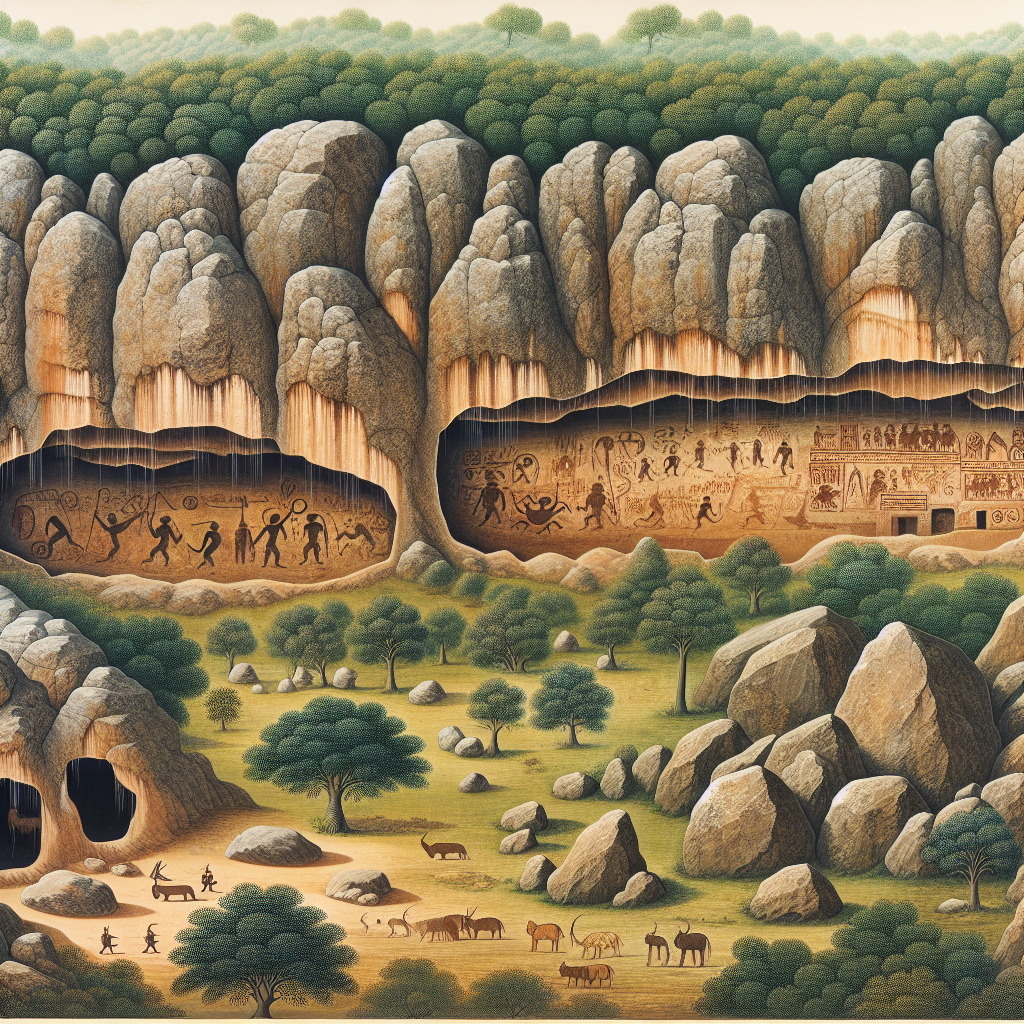Estimates of richness of Mansa Musa
1. Introduction to Mansa Musa’s Wealth
Mansa Musa, the 14th-century emperor of the Mali Empire, is often cited as one of the richest individuals in history. His wealth came primarily from the abundant natural resources found in his kingdom, notably gold, which was highly sought after and widely traded during his reign. Estimates of his wealth, however, vary significantly due to the lack of detailed records from the period.
2. Sources of Wealth
Mansa Musa’s riches were not solely derived from gold; the Mali Empire also controlled trade routes for salt, ivory, and textiles. This strategic position allowed him to amass considerable wealth through taxation and trade partnerships, contributing to his legendary status.
3. Influence and Expenditure
Mansa Musa’s wealth was not only for personal gain; he invested heavily in infrastructure, education, and the Islamic faith. His extravagant pilgrimage to Mecca in 1324 showcased his wealth, as he distributed gold along the way, leading to economic inflation in regions he passed through. This journey highlighted both his immense wealth and his commitment to spreading Islam.
4. Legacy of Wealth
The impact of Mansa Musa’s wealth extended beyond his lifetime. His patronage of the arts and education led to the flourishing of cities like Timbuktu as cultural and intellectual centers. This legacy established the Mali Empire as a significant player in the medieval world, and Mansa Musa’s story continues to influence perceptions of wealth and leadership to this day.
5. Conclusion
While the exact estimates of Mansa Musa’s wealth may never be definitively established, his legacy as one of history’s richest figures endures. His contributions to trade, culture, and religion underscore the significance of wealth when used for collective progress and influence.




Post Comment